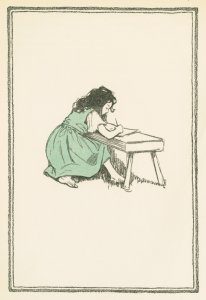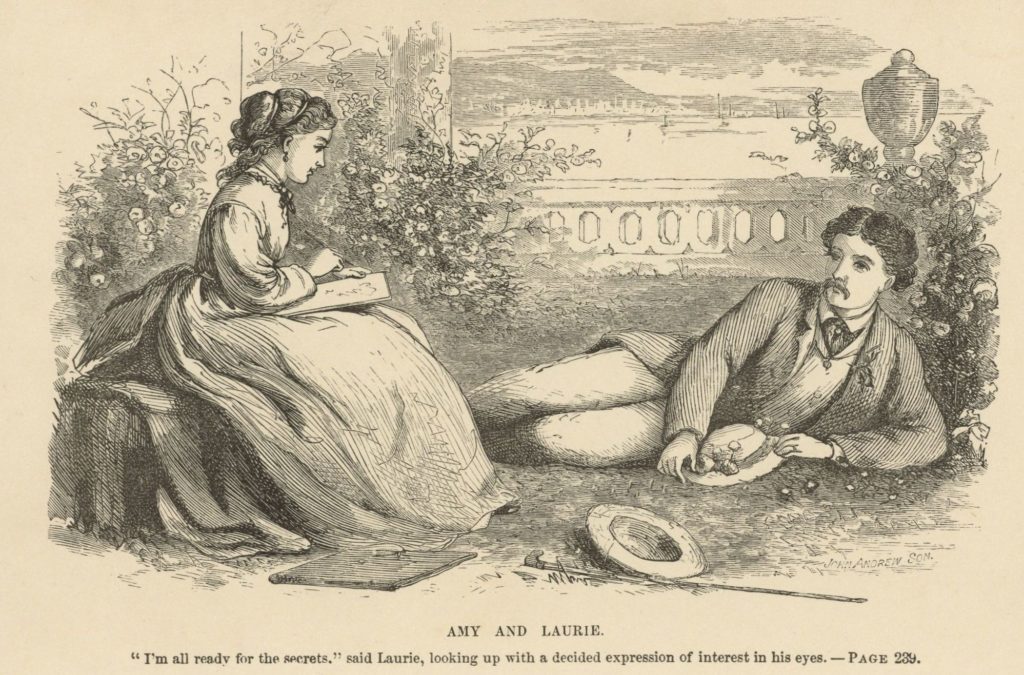
Like everything else in the corporatized mass education industry, attempts to improve the teaching of writing have resulted in mass stupidity. As always in the education biz, the road to hell is paved with good intentions.
Really the issue is the focus on wide application of so-called research-based “strategies.” Researchers look at what “experts” do, and then try to transfer those techniques to the classroom. The problem is that expert writers have honed their art and craft over thousands of hours of practice. As Malcolm Gladwell called to our attention, becoming an expert takes about 10,000 hours, give or take.
I have watched children struggle with really tedious “writing process” in classrooms in several parts of America. They are asked to do decontextualized things like making so-called mind maps, and presenting formulas for horrible five-paragraph essays.
When our daughter Allegra was in fifth grade, she came home with an assignment to “write a paragraph.” A random paragraph. It wasn’t very good, and I tried to help her with it. I wrote a note to the extremely unimaginative teacher that I didn’t think Allegra knew how to write a paragraph. My goal in saying this was that she would teach! What happened (and I was present, because I volunteered in the classroom), is that Mrs. DullAss, as we called her, read Allegra’s paragraph and my comment out loud.
She announced, “I don’t think anyone in this class knows how to write a paragraph!” Of course a most unhelpful comment, and really, if no one in the class knows how to write a paragraph, you might think about how you are teaching.
Writing for those kids had become hell. Humiliation was one of the major teaching strategies, and the kids hardly dared move.
Well anyway, Allegra is now a good writer. Mostly because she’s put in the 10,000 hours and reads a lot of books. Like every book Charles Dickens wrote, which she did in high school, on her own.
I do think that the 10,000 hours has to include meaningful feedback. I am a great believer in modeling. I myself learned to write in high school at the kitchen table with my mother rewriting my essays. She didn’t know about cognitive apprenticeship, but that’s what she was doing. Cognitive apprenticeship means to me that an expert makes her thinking available in a way that the learner can participate in it.
But it doesn’t come in formulas, or “strategies.” As editors helping people with their writing, we get many people who are stuck because of their training in writing five-paragraph essays. Forget about them and use writing to say what you think. Writing is thinking.

